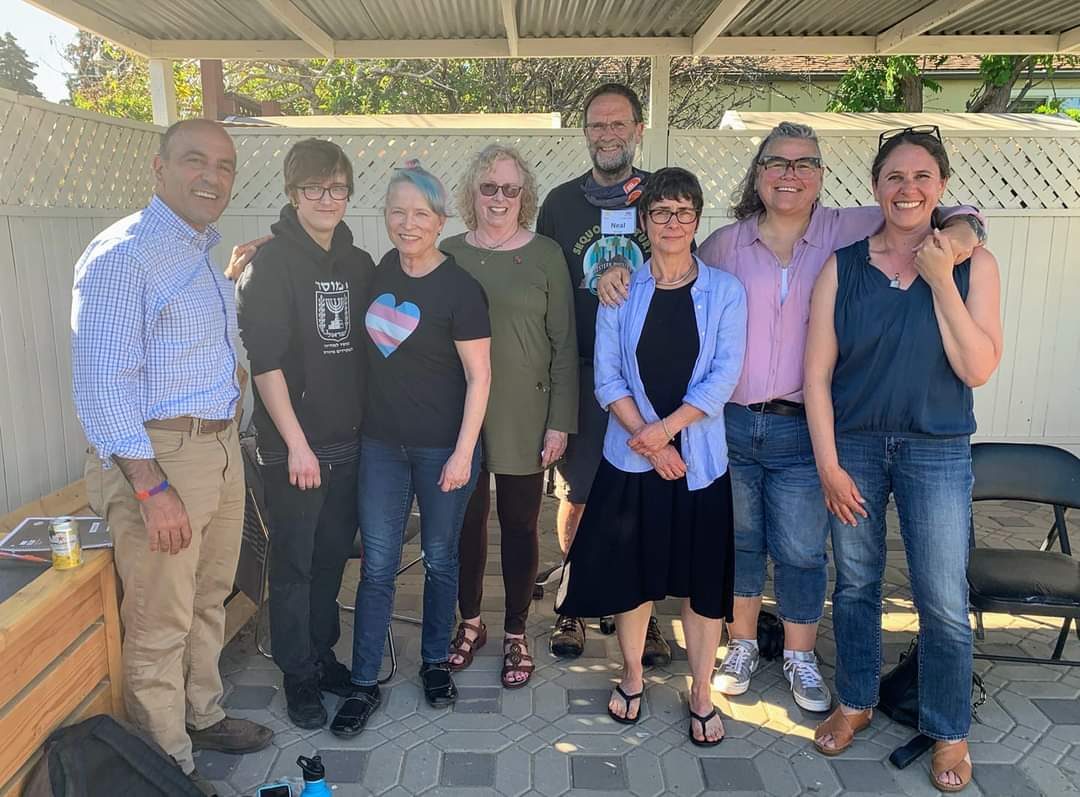Category: Sexual Politics
-

Transgender support: healthcare, education, and community
Recently, Rep. Jimmy Panetta reached out to PFLAG to suggest a listening session about issues faced by transgender people, their families, and their communities. The meeting took place in the back yard of the Diversity Center with representatives from PFLAG Santa Cruz County and the TransFamilies of Santa Cruz County,. We were graced with the…
-
This isn’t what we meant when we said ‘equal’
The reality is the women are not men, and that’s good. Diversity makes us strong. Our value as human beings should not be measured on the basis of our physical strength alone. It’s not progress to get more women in movies if they are simply acting in parts written for men.
-
How to raise boys who respect women
Men are being called out in public for acts they committed in private. I haven’t asked them, but I’m guessing that the moms of these men didn’t raise their sons to behave this way. How can we do better?
-
Beauty and the modern human
Our culture is hell-bent on making us all feel like ugly, repulsive creatures who need to submit ourselves to daily torture to pay for our sins. I beg to differ.
-
Santa Cruz Families March for Women… and all of us
Interviews by Suki Wessling Photographs by Abe Jellinek Click on photos to see them full-size. If ever all of Santa Cruz gathered for a big family photo, this would have been the day. On January 21, the day after the inauguration of a president that Santa Cruzans overwhelmingly voted against, whose platform contradicts nearly every…